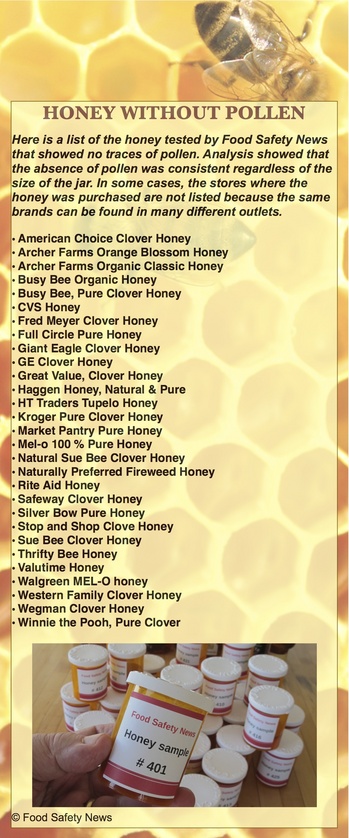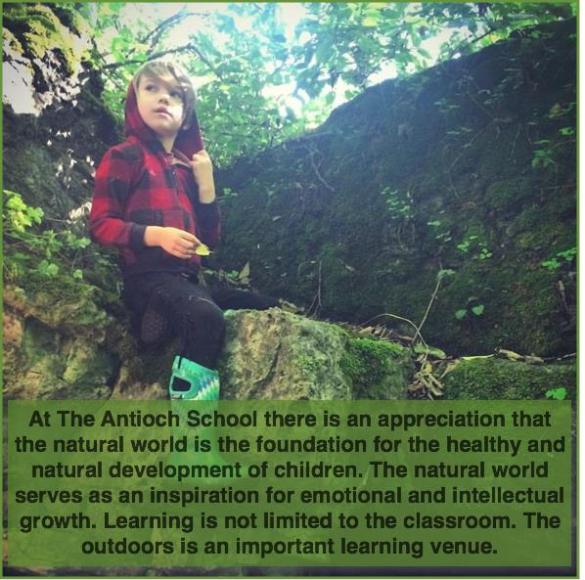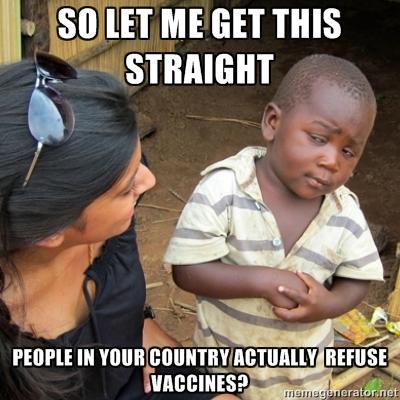By Asha Brogan
When you go to buy eggs how do you decide which to purchase? The organic or non-GMO options? The cheapest option?
I was listening to an NPR story a while back how many Americans will go between an option they view as “healthier”, something that says cage free and non-GMO, but still on the cheaper side, i.e. not organic. (http://www.npr.org/sections/thesalt/2014/02/28/283460420/why-the-non-gmo-label-is-organic-s-frenemy) The story went on to explain how this is all a labeling scheme and cage free and non-GMO really don’t mean “healthier eggs”. It simply means the eggs, or any other food, isn’t genetically modified. Non-GMO food DOES NOT mean that the food is pesticide free, that is hasn’t been fertilized with potentially harmless fertilizers, or treated with chemicals. Organic food is free from all these things, making it more difficult to grow, hence the high price point. Yet… In grocery stores these items are marketed right next to each other, as the healthier alternate food items.
I was reminded of this story in class Tuesday, discussing how the food industry has become this massive market of playing into consumer’s mental setup of wanting to be healthy. Nearly all grocery store items are marketed with a healthy option in some way, but thats just the issue… marketing. Cage free chickens don’t mean happy free-range chickens. Non-GMO is not a synonym for organic. Its all marketing. Parrott talks about this strategy of marketing in her book Talking About Health. “Neutriceuticals are food extracts for which a ‘drug-like’ benefit is claimed” (Parrott P. 104). By using labeling, companies and stores will do everything they can to convince consumers to buy goods, even if this includes tricking them just a little.
Another article, this time by the Wall Street Journal, said nearly the same as NPR, and discussed the battle companies are now in to ‘Advertise each other out’. This article stated the non-GMO is the clear winner of the consumer’s heart, the products are cheaper, but still seem to be equal to organic, partially because the standards for labeling a non-GMO certified project are simpler. There can be more options at a cheaper price, but the way the packing reads… the products are just as healthy as organic. The article included a wonderful graph showing the quickly changing results in popularity between organic and non-GMO options. http://www.wsj.com/articles/organic-vs-non-gmo-labels-whos-winning-1449619118
From a personal standpoint, I am a college student. I will always go for the cheap option, but I do like to care for my health, and find that taking the time to research what labels actually mean tends to pay off in the long run. I am also very glad for people who are willing to do that research for me and keep an eye out!

 By Asha Brogan
By Asha Brogan

